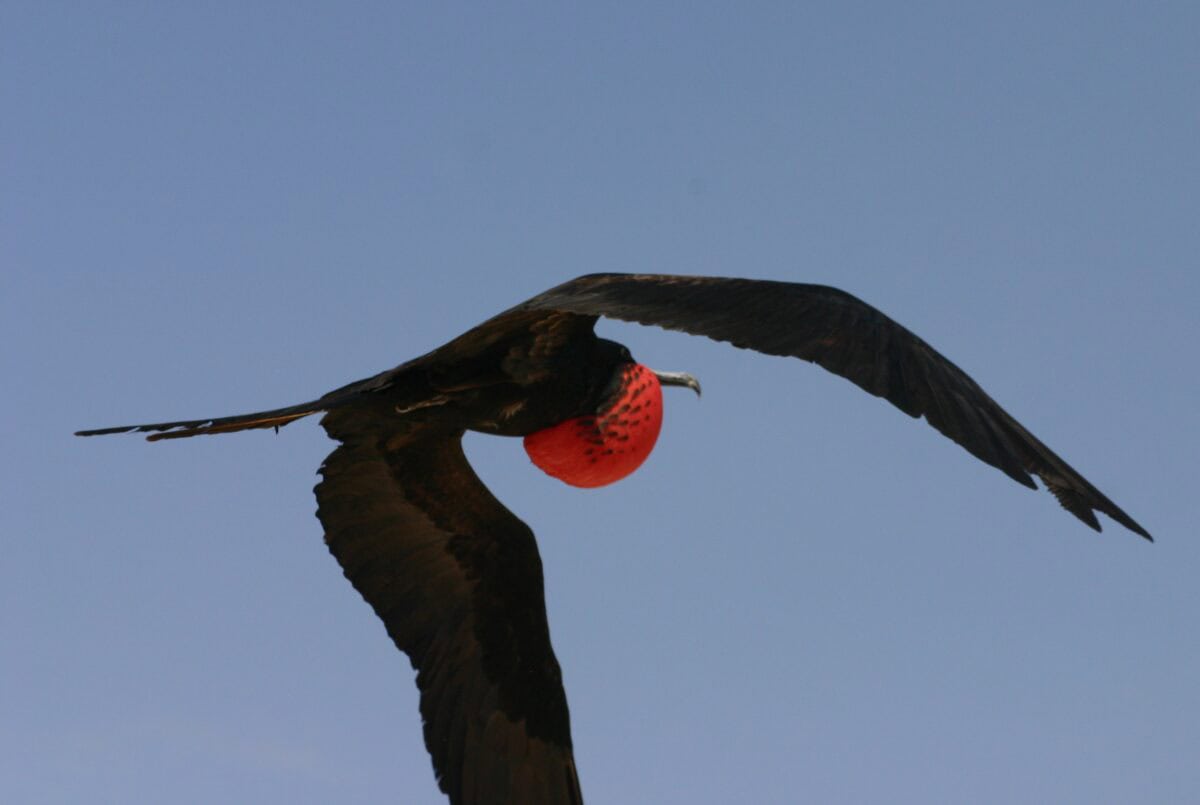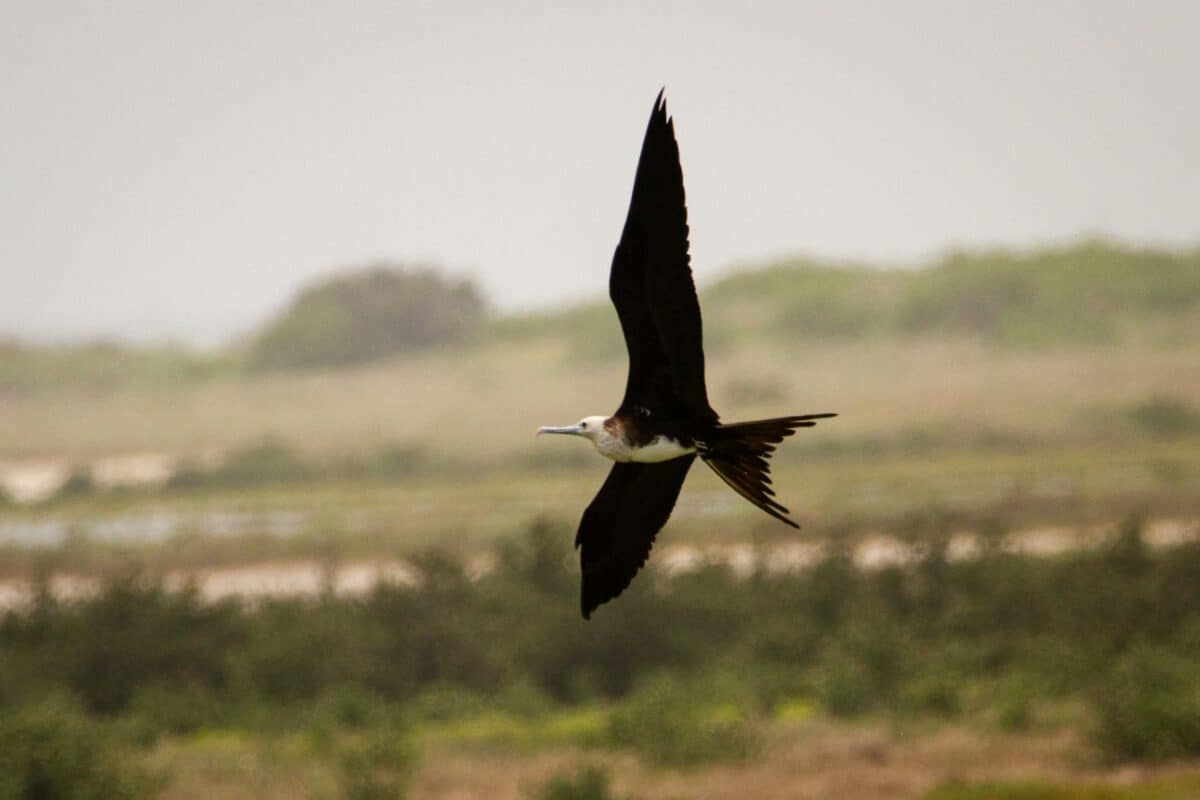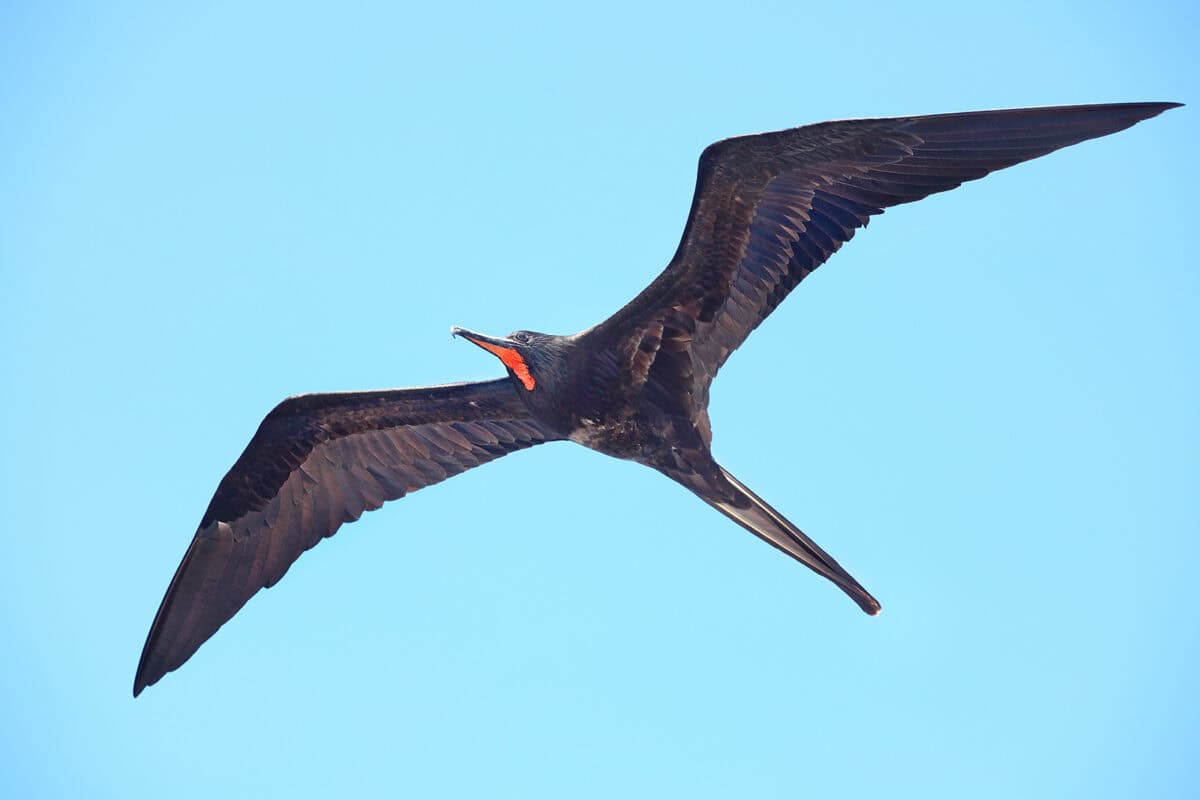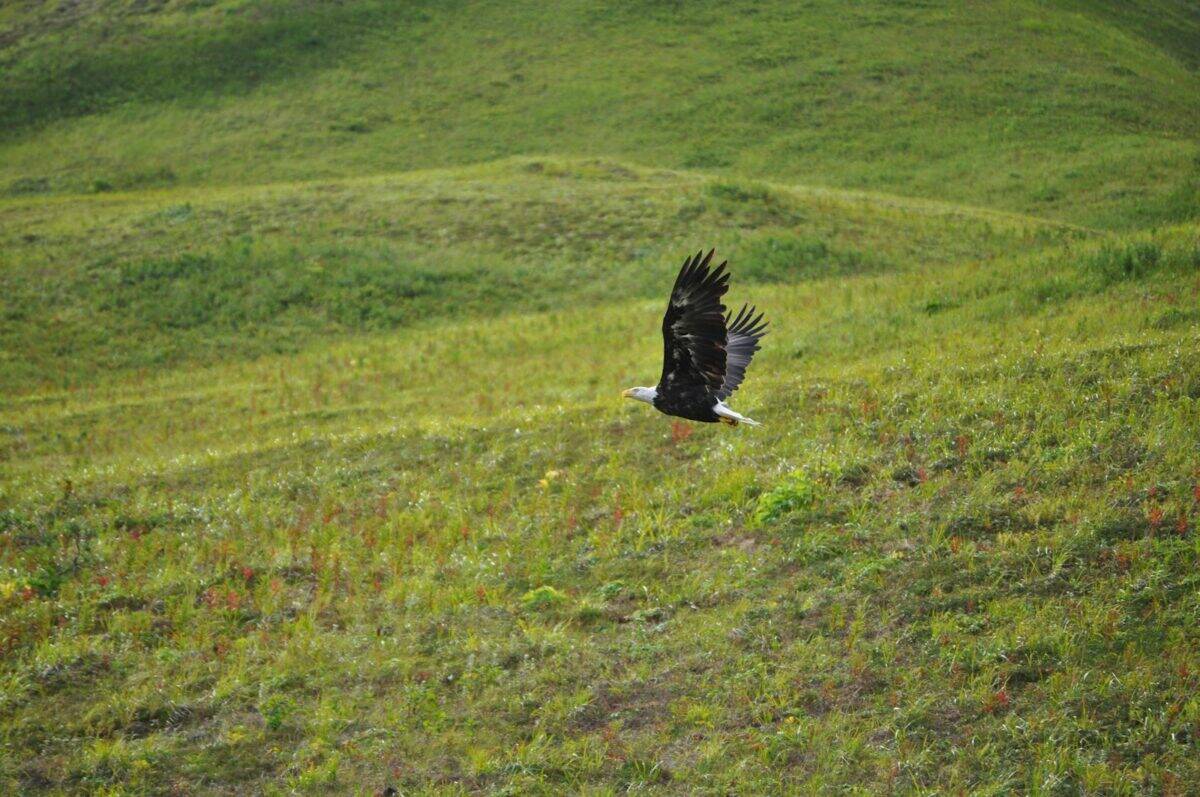The natural world is full of fascinating adaptations, but few are as remarkable as the ability of certain birds to sleep while soaring through the sky. This extraordinary feat of biology allows these avian marvels to stay airborne for months at a time, crossing vast oceans and continents without ever touching down. The ability to sleep during flight represents one of the most impressive evolutionary solutions to the challenges of long-distance migration and survival. In this article, we’ll explore the remarkable birds that can literally sleep on the wing, how they manage this seemingly impossible task, and why this adaptation provides such a significant advantage in their environment.
The Common Swift: Champion of Aerial Living

The common swift (Apus apus) stands as perhaps the most impressive example of a bird that sleeps while flying. These remarkable birds spend almost their entire lives in the air, only landing during breeding season. Scientific research has confirmed that common swifts can stay airborne for up to 10 consecutive months without ever touching down. During this time, they must perform all their essential activities—including sleeping—without the benefit of landing. Radar tracking and accelerometer data collected from swifts show that they ascend to higher altitudes at dusk and dawn, gliding in slow, predictable patterns that indicate sleep. Their entire physiology is adapted to this aerial lifestyle, with short legs that are better suited for clinging to vertical surfaces during brief nesting periods than for walking on the ground.
The Remarkable Frigatebird’s Sleep Patterns

Great frigatebirds (Fregata minor) have provided scientists with some of the most compelling evidence of aerial sleep. In a groundbreaking 2016 study published in Nature Communications, researchers attached small EEG (electroencephalogram) devices to frigatebirds to record their brain activity during long oceanic flights. The data revealed that these birds can sleep in short bursts of just seconds or minutes while soaring over the ocean. Even more fascinating, frigatebirds can enter into unihemispheric slow-wave sleep, where one half of their brain sleeps while the other half remains alert. This allows them to stay aloft for up to two months during their transoceanic wanderings, sleeping for approximately 42 minutes per day in short 10-second bursts—typically while riding updrafts in circles.
Unihemispheric Sleep: The Ultimate Multitasking

The key to sleeping while flying lies in a specialized form of slumber called unihemispheric slow-wave sleep (USWS). Unlike humans, who require both brain hemispheres to be offline during sleep, birds capable of aerial sleep can literally put half their brain to sleep while keeping the other half awake and functioning. During USWS, one cerebral hemisphere exhibits slow-wave sleep patterns while the other maintains alertness. The eye connected to the awake hemisphere stays open, allowing the bird to maintain visual awareness of its surroundings and continue controlled flight. This remarkable adaptation essentially allows birds to sleep with “one eye open,” a critical ability for species that must remain airborne for extended periods. Beyond flying birds, this adaptation is also seen in marine mammals like dolphins and whales, highlighting its evolutionary value for animals that need constant vigilance.
Bihemispheric Sleep: Rare but Possible

While unihemispheric sleep is the primary method birds use to sleep during flight, research has shown that under specific conditions, some species can briefly engage in bihemispheric sleep—where both hemispheres of the brain sleep simultaneously. The 2016 frigatebird study detected rare instances of bihemispheric sleep, particularly during stable soaring conditions. During these moments, the birds appear to briefly shut down both hemispheres, entering a deeper sleep state. These episodes are extremely short, lasting just a few seconds, and occur when the birds are riding updrafts that provide stable lift without requiring active flight control. This discovery was surprising to researchers, as it suggests these birds can occasionally achieve deeper rest even while maintaining their aerial lifestyle. However, these instances are rare and carefully timed to coincide with optimal flying conditions that require minimal active control.
The Alpine Swift’s Endurance Record

The Alpine swift (Tachymarptis melba) represents another remarkable example of aerial sleep capability. A 2013 study published in Nature Communications used small accelerometers attached to these birds to track their movement patterns continuously. The data revealed that Alpine swifts can remain airborne for more than 200 consecutive days during their non-breeding period, flying from Europe to Africa and back without landing. During this incredible journey, the birds’ movement patterns indicated they were sleeping while in flight, slowing their wing beats and gliding in regular patterns during nighttime hours. Their ability to maintain flight while sleeping contributes to their remarkable efficiency, allowing them to cover vast distances with minimal energy expenditure. Alpine swifts have larger wingspans relative to their body size compared to many other birds, which helps them maintain lift with less active flapping, creating ideal conditions for aerial sleep.
Evolutionary Advantages of Aerial Sleep

The ability to sleep while flying provides several crucial evolutionary advantages. For migratory species, this adaptation allows non-stop journeys across vast distances without the need to find safe roosting locations. This significantly reduces vulnerability to predators, as landing in unfamiliar territories can expose birds to numerous threats. For oceanic species like frigatebirds, which cannot land on water due to their non-waterproof feathers, aerial sleep is essentially a requirement for survival during long transoceanic journeys. Additionally, continuous flight allows birds to take advantage of favorable winds and weather patterns, optimizing energy efficiency during migration. The adaptation also enables birds to maintain steady progress toward breeding or feeding grounds without delays, providing a competitive advantage in accessing limited resources or prime nesting territories.
Physical Adaptations That Enable Flight During Sleep

The ability to sleep while flying is supported by numerous physical adaptations. Birds capable of aerial sleep typically have high wing loading (the ratio of weight to wing area) and aspect ratios (wing length to wing width) that optimize gliding efficiency. Their wing shapes allow them to capture lift from air currents with minimal muscle activity, requiring less active control during restful periods. Their respiratory systems are highly efficient, extracting more oxygen per breath than most other animals, supporting sustained aerobic activity during long flights. Their hollow bones reduce weight while maintaining structural integrity, and their cardiovascular systems are adapted to deliver oxygen efficiently during continuous activity. Some species also have specialized neuromuscular connections that can maintain wing positioning through reflex actions with minimal conscious control, similar to how certain human reflexes function without conscious thought.
Brain Adaptations for Aerial Sleep

The neural adaptations supporting aerial sleep are equally impressive. Birds capable of unihemispheric sleep possess specialized neural circuitry that allows one brain hemisphere to enter slow-wave sleep while the other remains alert. This separation of consciousness is controlled through adaptations in the thalamus and other brain structures that regulate sleep cycles. Research has shown that the corpus callosum (the bridge connecting the two brain hemispheres) in these birds has specialized properties that prevent sleep signals from crossing from one hemisphere to the other. Additionally, these birds have enhanced connections between their visual system and flight control muscles, allowing semi-automatic flight adjustments based on visual input from the awake hemisphere. Some species also show increased development in brain regions associated with balance and spatial awareness, supporting stable flight even during reduced consciousness states.
Other Birds With Aerial Sleep Capabilities

Beyond swifts and frigatebirds, several other avian species demonstrate various degrees of aerial sleep ability. Albatrosses, with their enormous wingspans reaching up to 11 feet, can lock their wings in an extended position and sleep while gliding over oceanic updrafts for hours. Various species of sandpipers undertake non-stop flights of up to 7,000 miles from Alaska to New Zealand, almost certainly sleeping while flying. The common murre, a North Atlantic seabird, shows evidence of sleeping during long flights when equipped with activity monitors. Sooty terns may stay airborne for up to four years when young before returning to land to breed. Even some songbirds, particularly those undertaking long-distance migrations across the Sahara Desert or Mediterranean Sea, appear capable of brief aerial sleep episodes. Each of these species has evolved slightly different adaptations to the challenges of sleeping during flight, demonstrating the diverse evolutionary approaches to this remarkable capability.
Sleep Debt and Recovery in Flying Birds

Despite their ability to sleep while flying, birds that engage in long-duration flights do accumulate sleep debt. Research indicates that birds like frigatebirds and swifts experience significantly reduced total sleep duration during extended flight periods compared to when they can rest on land. Studies show that these birds often compensate for this sleep debt once they return to land, engaging in longer, deeper sleep sessions during their terrestrial periods. Interestingly, some research suggests that birds may have evolved mechanisms to cope with chronic sleep restriction that would cause severe cognitive impairment in mammals. For example, studies on white-crowned sparrows during migration have shown they can function normally with just one-third of their usual sleep time. This adaptation may involve more efficient sleep processes that provide greater restorative benefits in shorter periods, though the exact mechanisms remain an active area of research.
Challenges in Studying Aerial Sleep

Researching sleep in flying birds presents significant methodological challenges. Traditional sleep studies typically involve controlled laboratory conditions with stationary subjects connected to monitoring equipment—conditions impossible to recreate in freely flying birds. Early research relied primarily on behavioral observations and indirect evidence, which couldn’t conclusively prove sleep was occurring. Modern studies have overcome these limitations through technological innovations like miniaturized EEG devices that can be attached to birds without significantly impacting their flight capabilities. These lightweight devices, often weighing less than 3% of the bird’s body weight, can record brain activity, eye movements, muscle tone, and head position—the key physiological indicators of sleep states. Additional challenges include recapturing instrumented birds to retrieve data, maintaining battery life for extended monitoring periods, and interpreting complex data patterns that don’t always match the well-established sleep signatures seen in mammals or birds at rest. Despite these challenges, research in this field continues to advance, providing increasingly detailed insights into one of nature’s most remarkable adaptations.
The ability of certain birds to sleep while flying represents one of nature’s most elegant solutions to the competing demands of rest and survival. This remarkable adaptation allows species like swifts, frigatebirds, and albatrosses to remain airborne for months at a time, traversing vast distances without the vulnerability that comes with landing in unfamiliar or dangerous environments. The evolution of unihemispheric sleep, coupled with physical adaptations for efficient gliding, has created a unique capacity found nowhere else in the animal kingdom at such a scale. As our research technologies continue to advance, we’re gaining increasingly detailed insights into this fascinating phenomenon, revealing the remarkable complexity of avian neurobiology and the extraordinary lengths to which evolution can go to solve environmental challenges. The sleeping flying bird stands as a powerful reminder of nature’s boundless creativity and the remarkable adaptability of life on Earth.
- The Coldest Town in America—And How People Survive There - August 9, 2025
- How Some Birds “Steal” Parenting Duties From Others - August 9, 2025
- 12 Deep-Sea Creatures You Won’t Believe Exist - August 9, 2025

